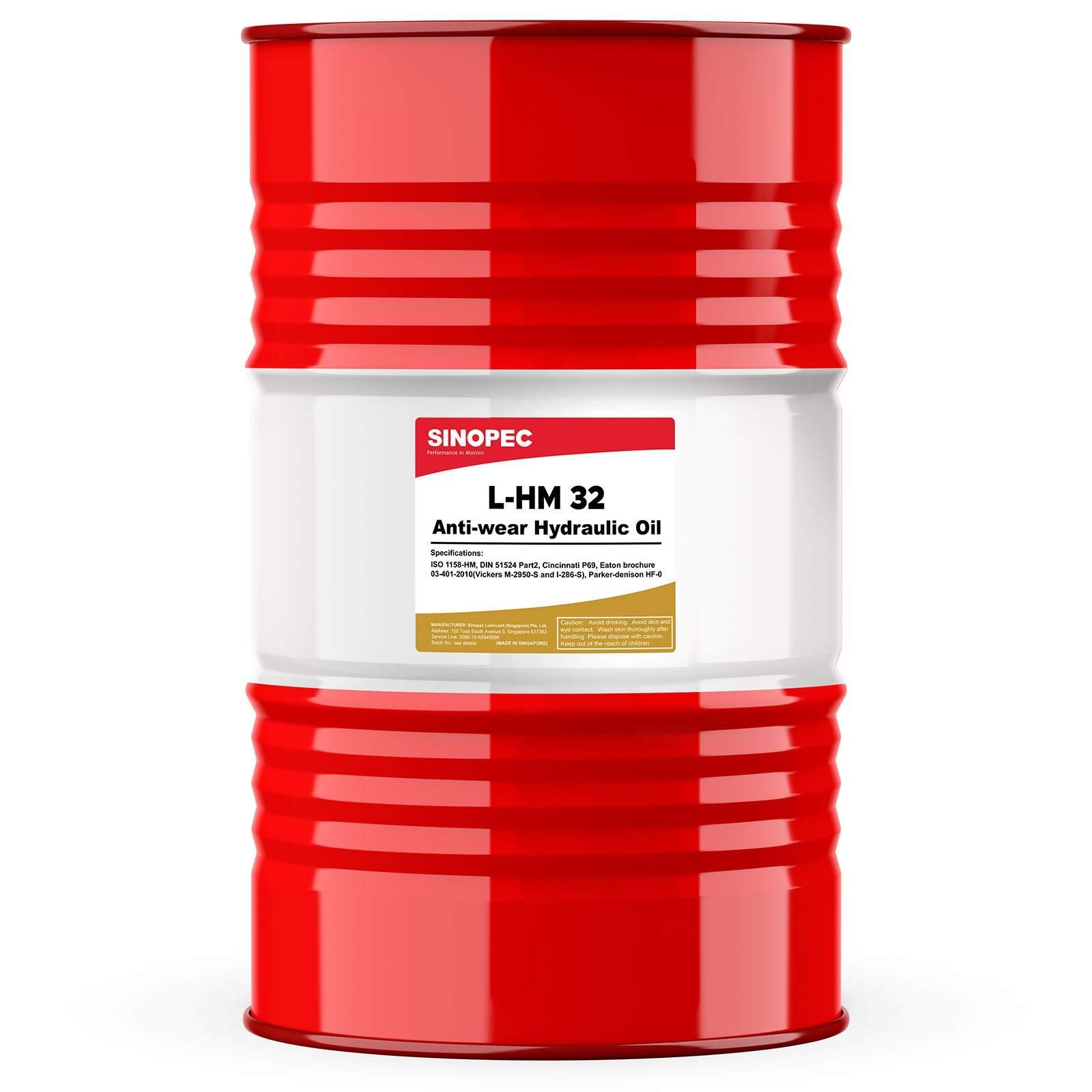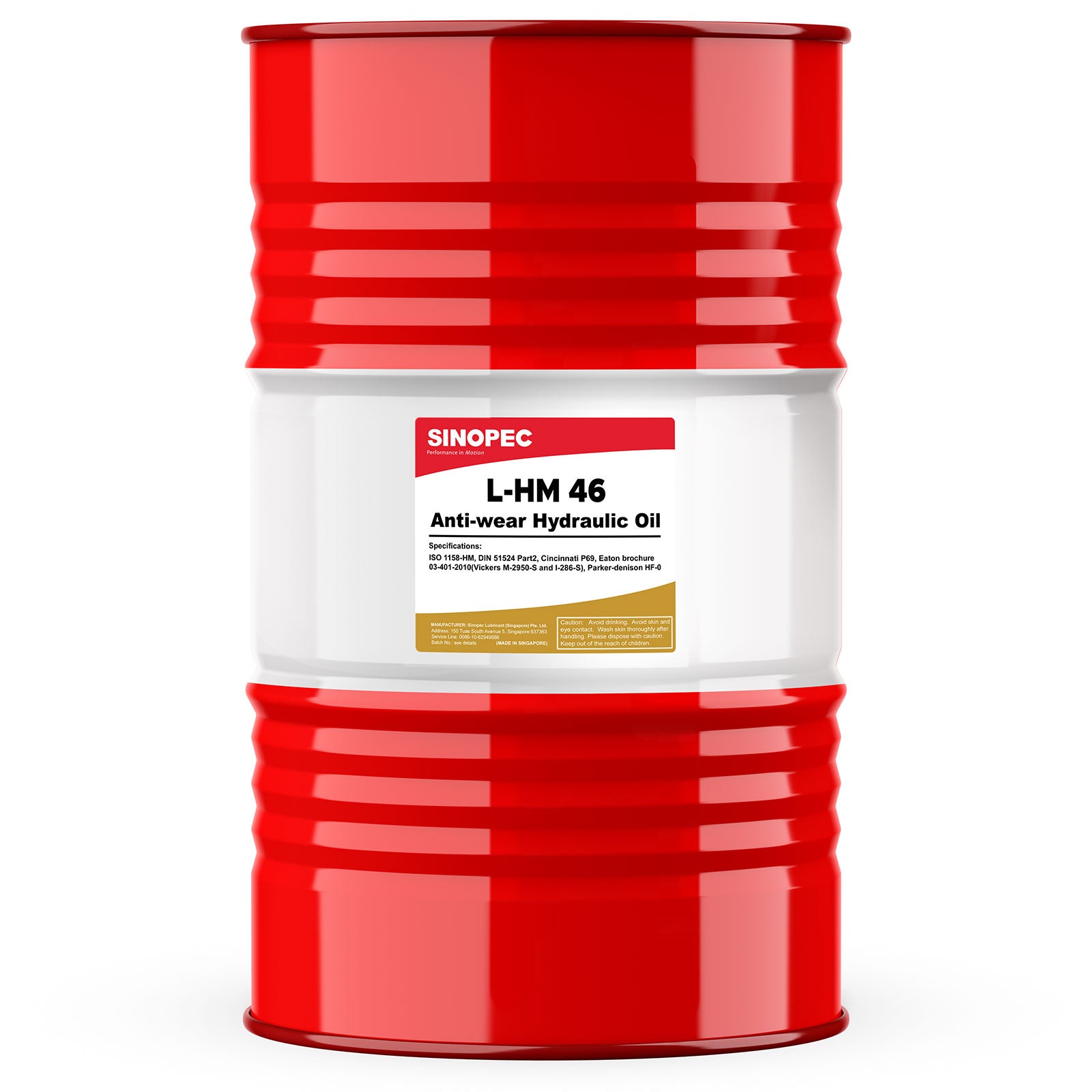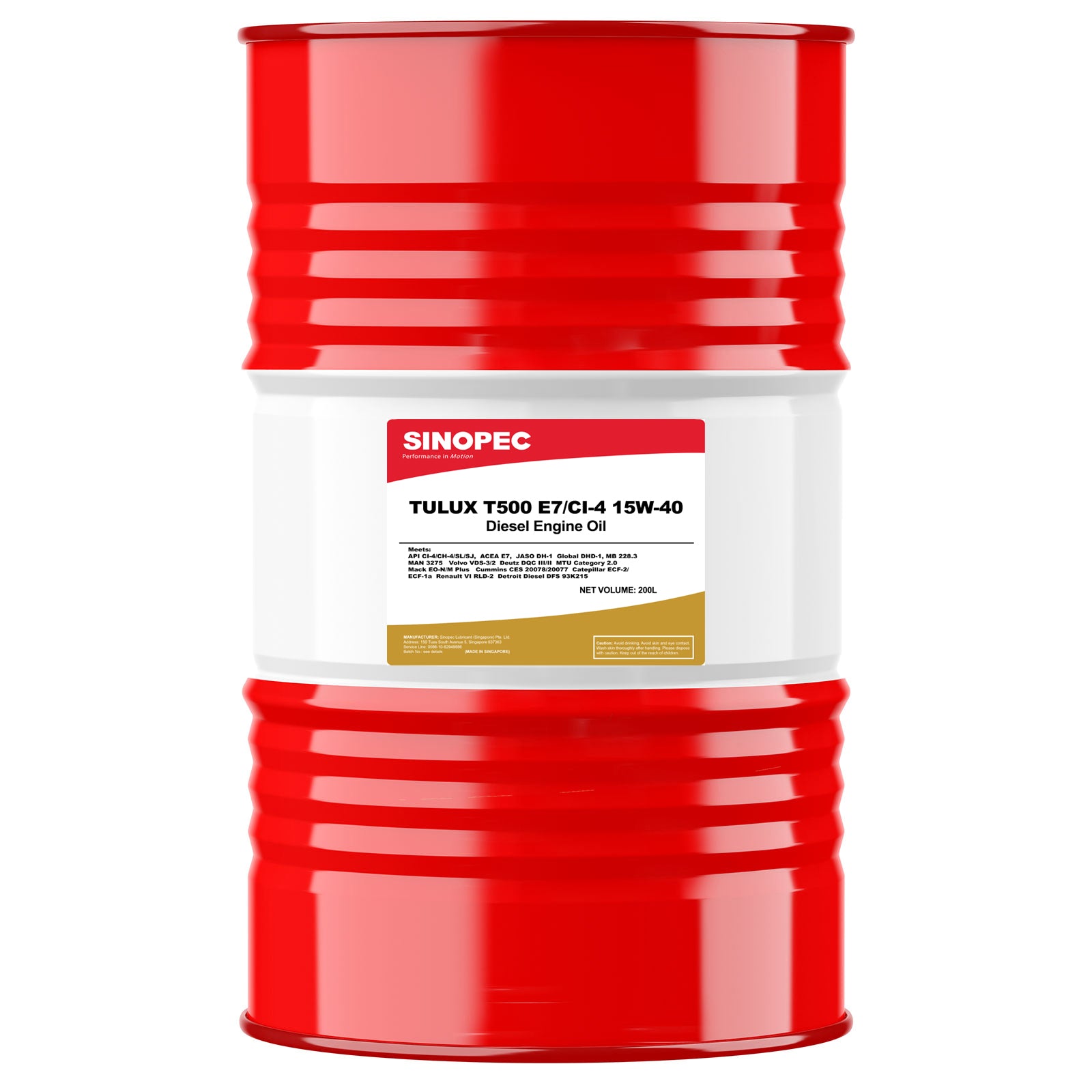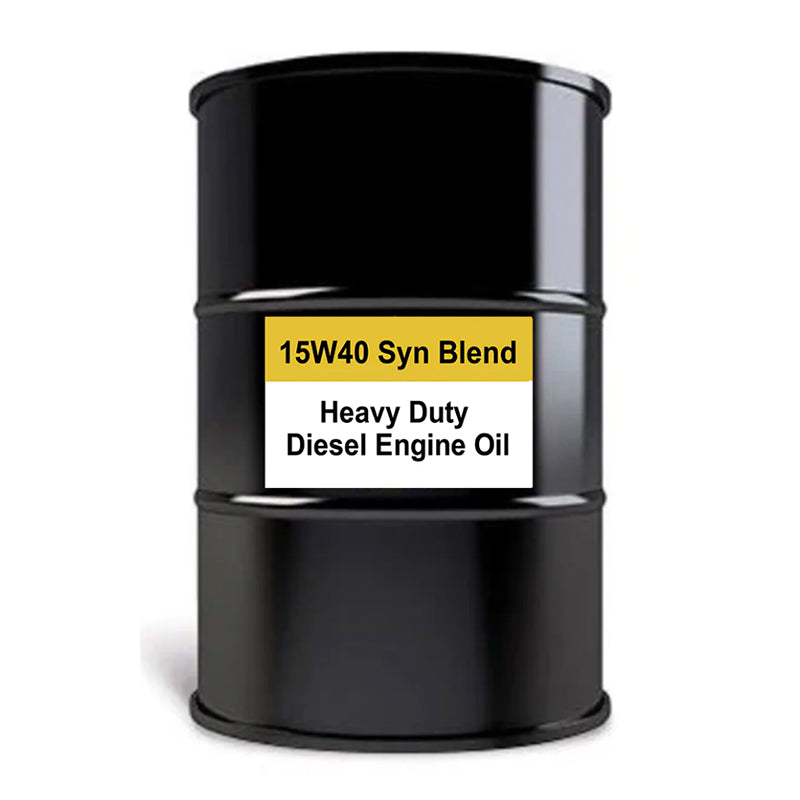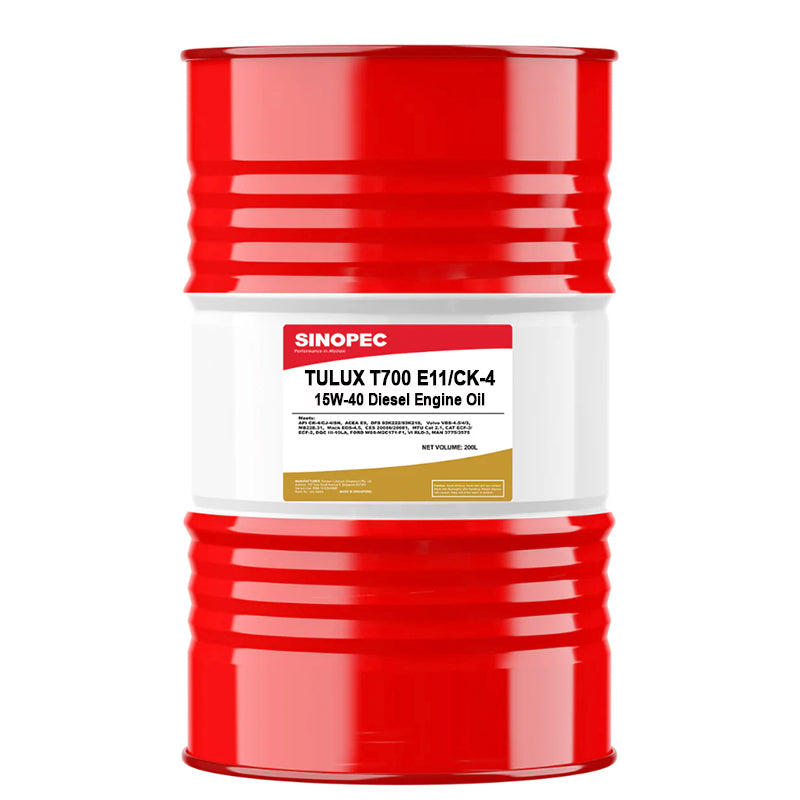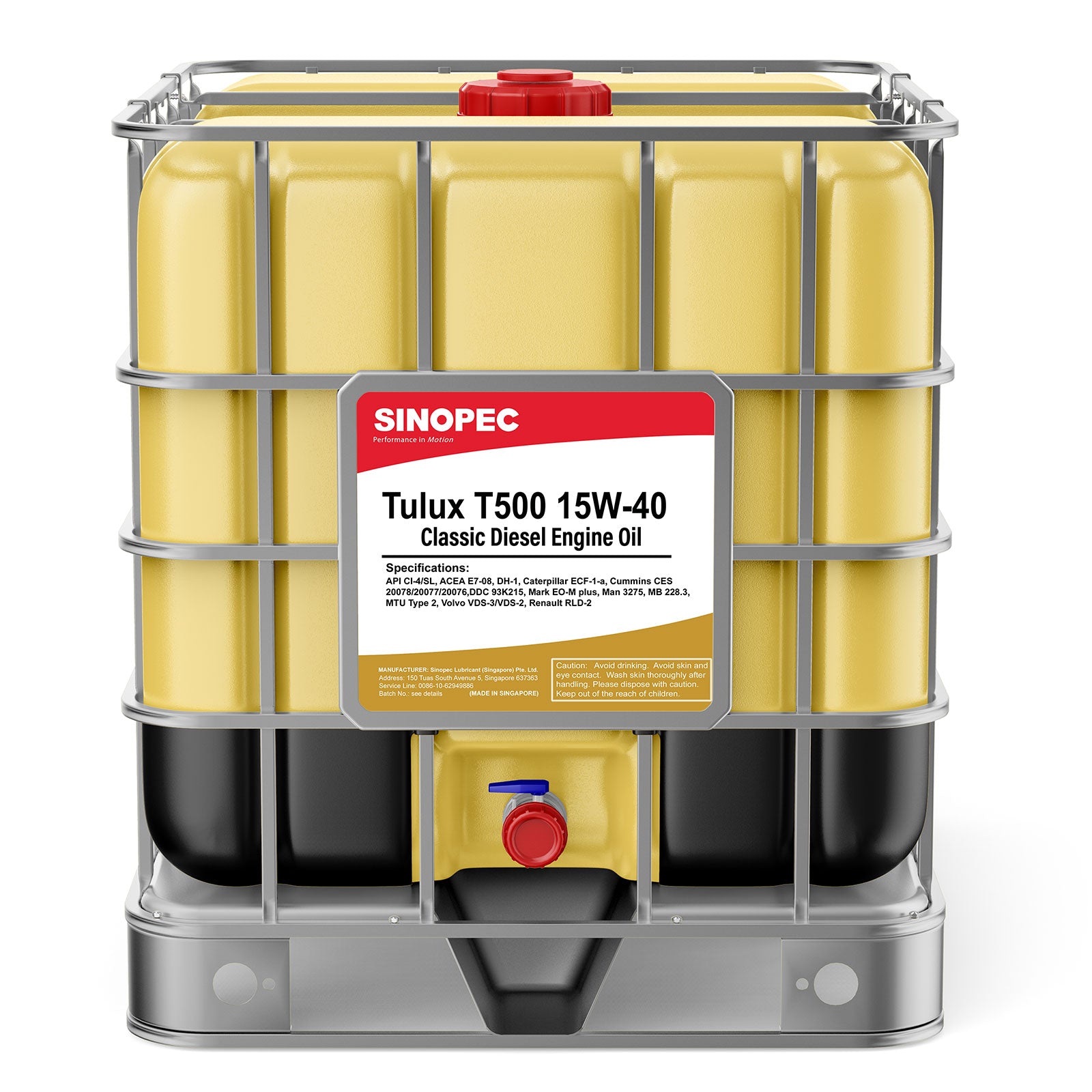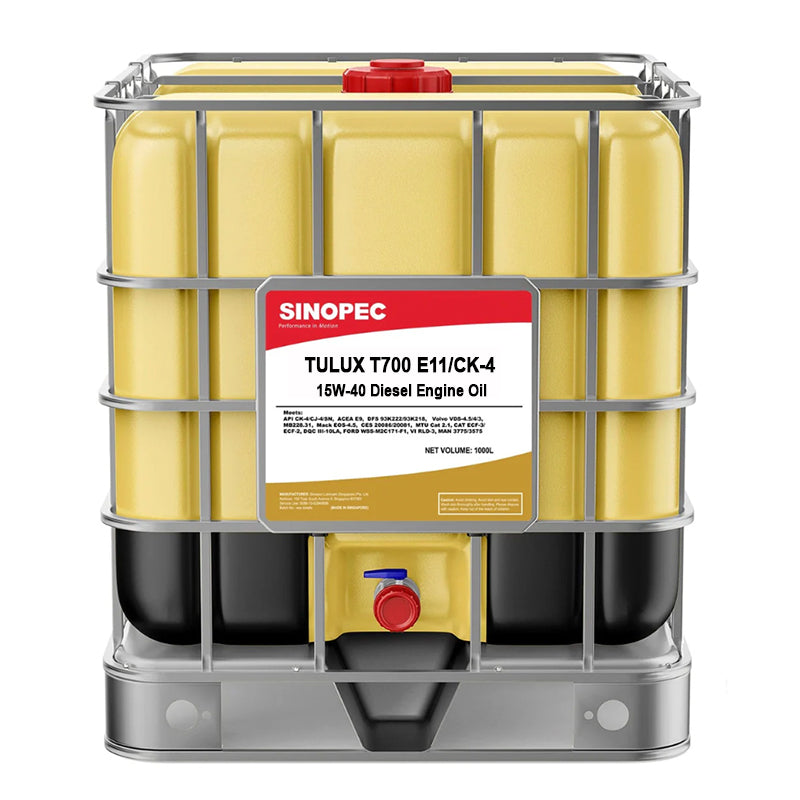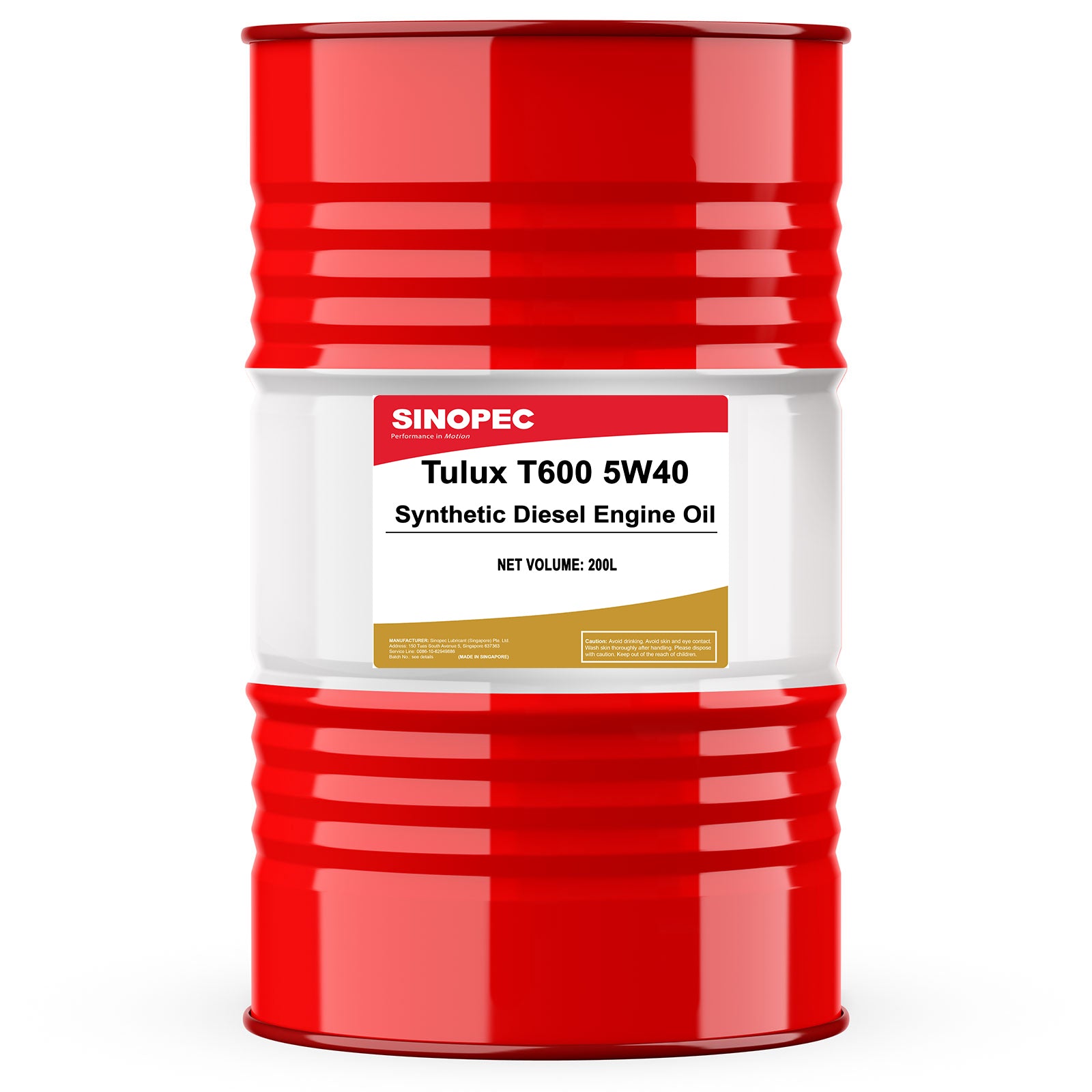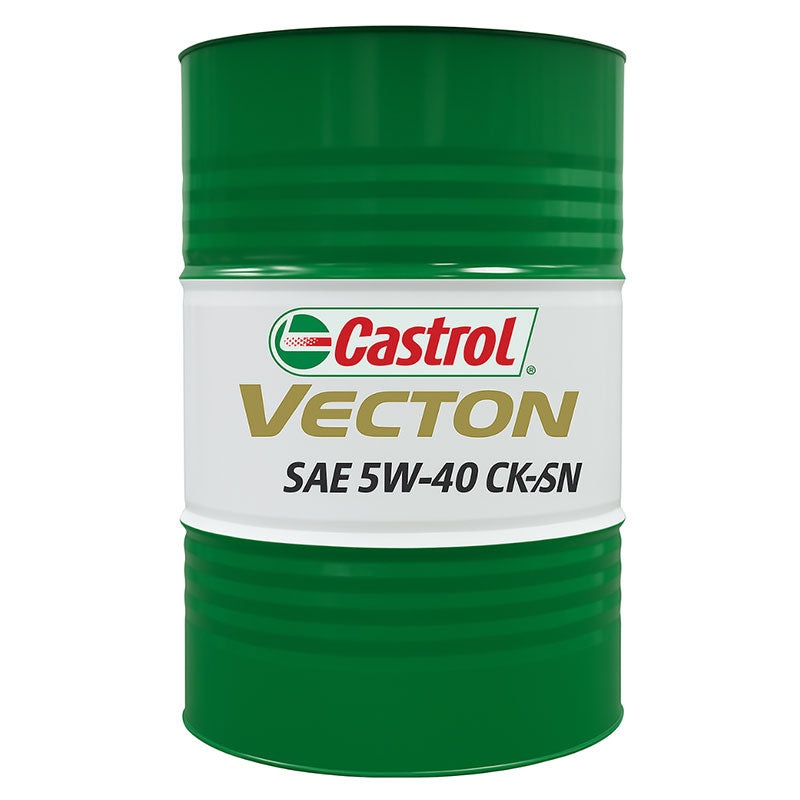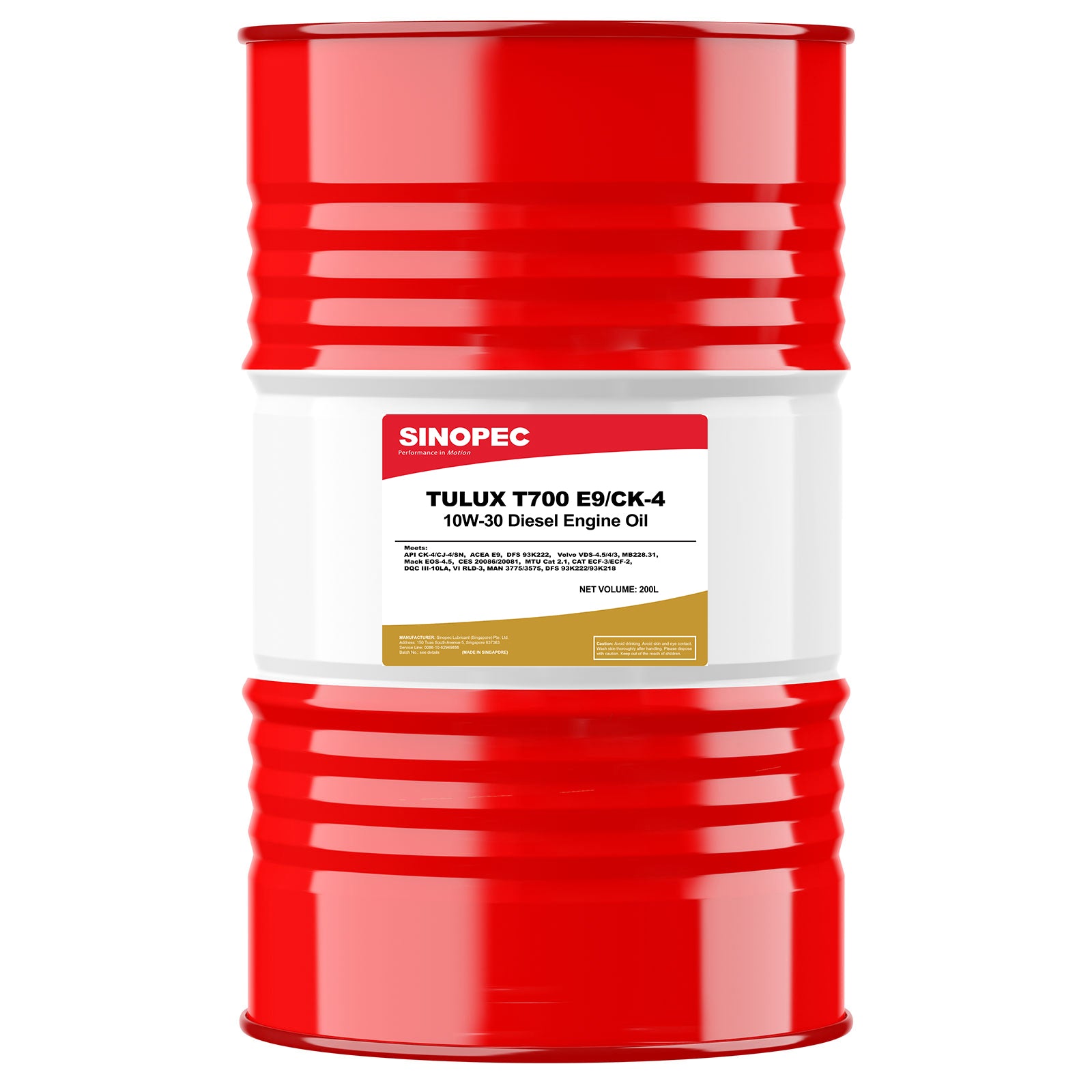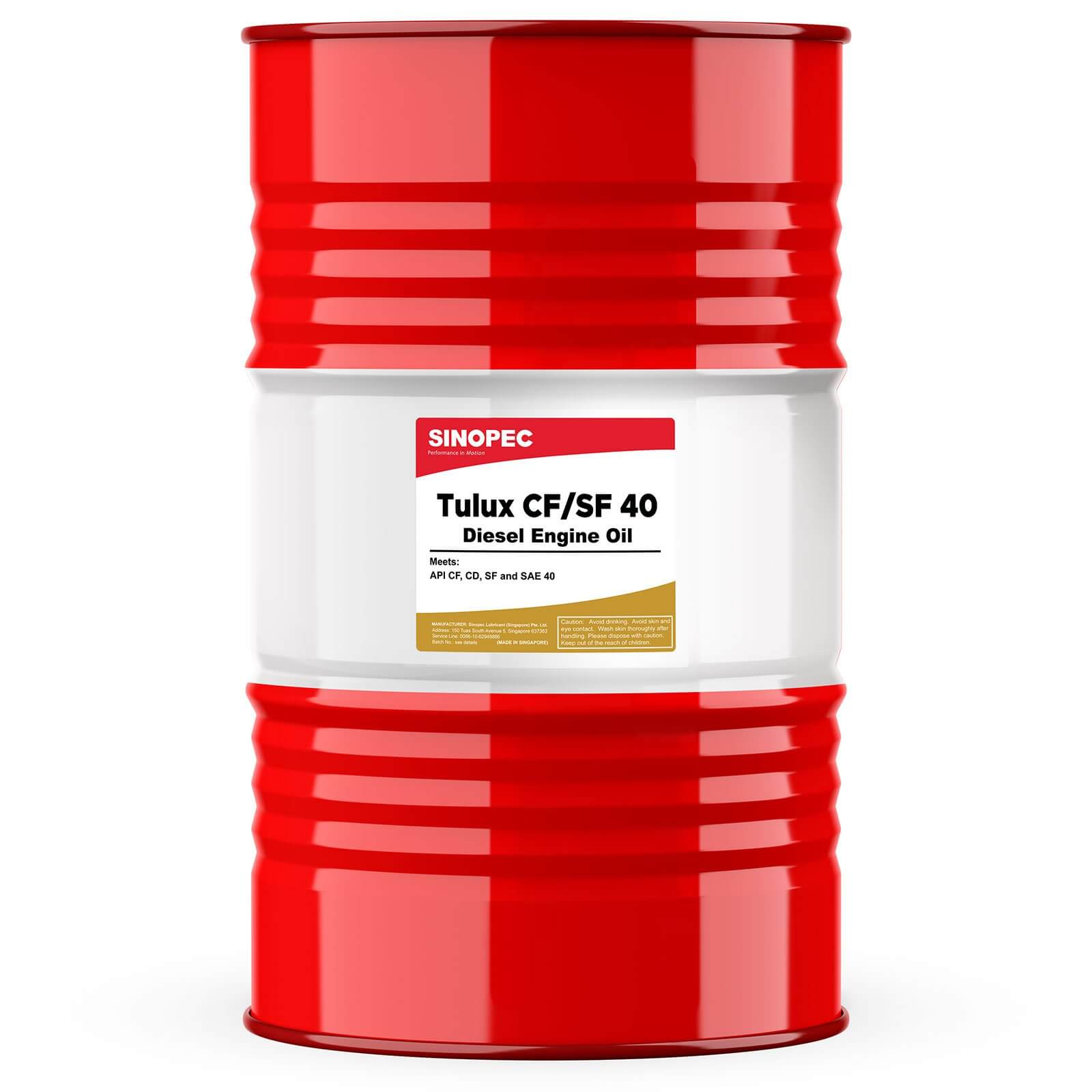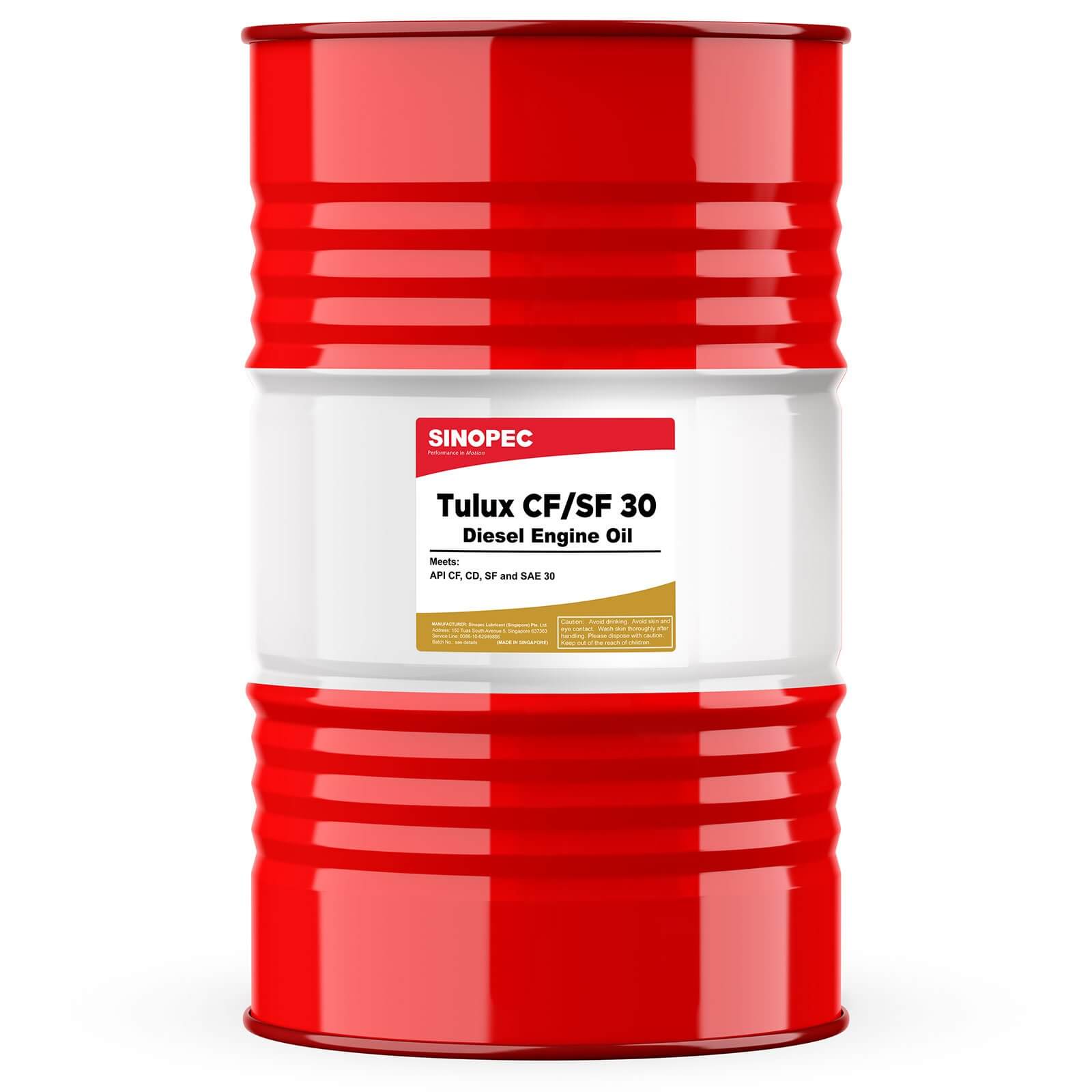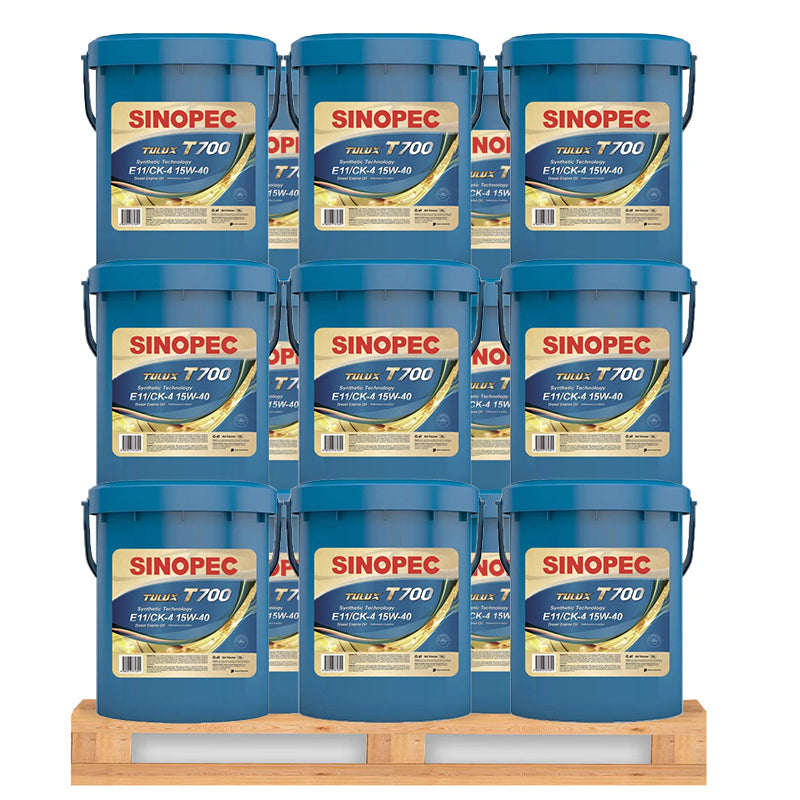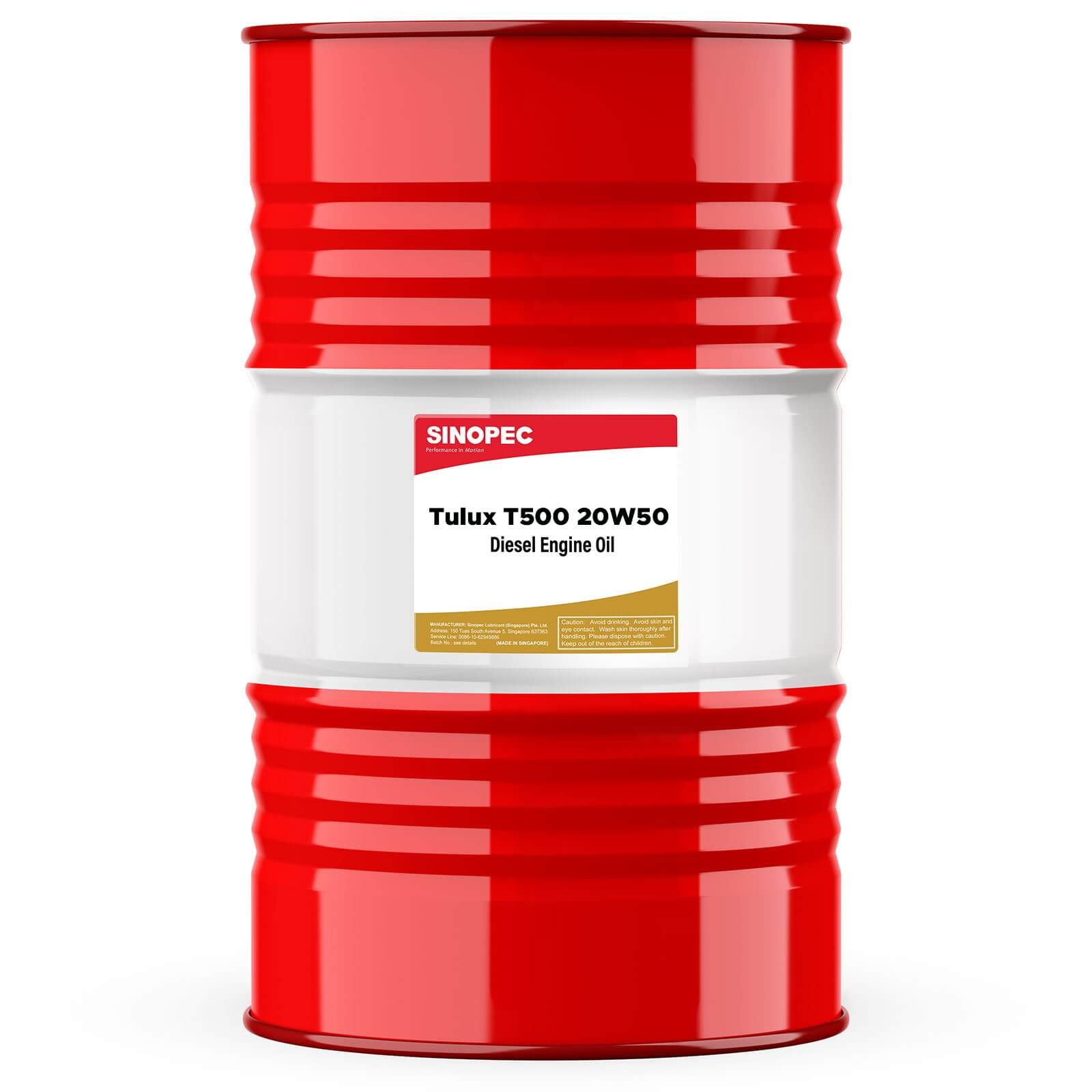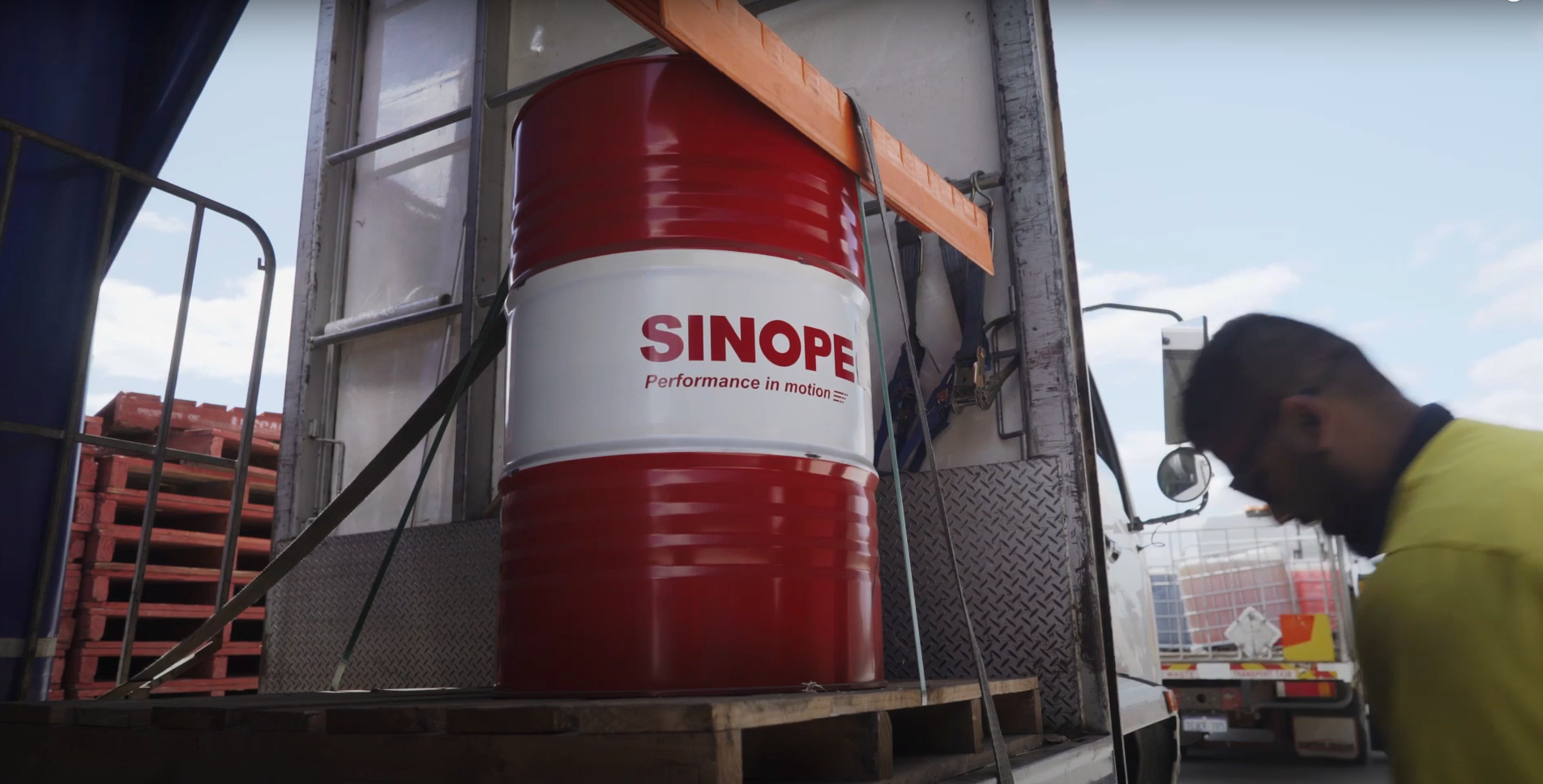API SERVICE CLASSIFICATIONS (ENGINE CRANkCASE OILS)
The American Petroleum Institute (API) Engine Service Classification was developed as a result of a co-operative effort in the USA between the API, the American Society for Testing and Materials (ASTM) and the Society of Automotive Engineers (SAE). The tripartite was developed to form a means of communication between the engine manufacturers and lubricants suppliers.
The system defines classes of service for both petrol and diesel engine applications as well as stipulating the accepted engine laboratory tests.
The letter ‘S’ (Service Station Classification) is designated for spark ignition engines (petrol engines) in passenger cars and light commercial vehicles. For compression ignition engines (diesel engines), the letter ‘C’ (Commercial Classifications) has been designated. The following is a brief summary of the API classifications.
API Base Oil Definitions
Group I base stocks contain less than 90% saturates and/or greater than 0.03% sulphur and have viscosity index greater than or equal to 80 and less than 120.
Group II base stocks contain greater than or equal to 90% saturates and less than or equal to 0.03% sulphur and have viscosity index greater than or equal to 80 and less than 120.
Group III base stocks contain greater than or equal to 90% saturates and less than or equal to 0.03% sulphur and have viscosity index greater than or equal to 120.
2
Group IV base stocks are polyalphaolefins (PAO).
Group V base stocks include all other base stocks not included in Group I, II, III or IV.
API Automotive Gear Lubricant Specifications
API SERVICE CLASSIFICATIONS
The most important internationally accepted system defining automotive gear oil performance characteristics is laid down by the American petroleum institute (API).
API GL-1
Designates the type of service characteristics of automotive spiral- bevel and worm gear axles and some manually operated transmissions operating under such mild conditions of low unit pressures and sliding velocities that a non-additive mineral oil can be used satisfactorily. Oxidation and rust inhibitors, anti-foam additives and pour point depressants may be utilized to improve the characteristics of lubricant for this service. Does not contain friction modifiers and extreme-pressure agents.
API GL-2
Designates the type of service characteristics of automotive-type worm gear axles operating under such conditions of load, temperature and sliding velocities that lubricants satisfying API GL-1 service will not suffice. Products suited for this type of service contain anti-wear or very mild extreme-pressure agents that provide protection for worm gears.
API GL-3
Designates the type of service characteristics of manual transmissions and spiral-bevel axles operating under moderately sever conditions of speed and load. These service conditions
3
require a lubricant having load carrying capacity greater than that which will satisfy API GL-1 service, but below the requirements of lubricants satisfying API GL-4 service. Lubricants designated for this service typically contain additives that are active at the tooth surface at the temperatures resulting from high-speed or load.
API GL-4
Designates the type of service characteristics of gears in manual transmissions operating under sever conditions of sliding speed, particularly spiral bevel and hypoid gears in moderate service, in passenger cars and other automotive-type equipment operated under high speed/low torque and low speed/high torque conditions.
API GL-5
Designates the type of service characteristics of gears particularly hypoid, in passenger cars and other automotive equipment operated under high-speed/shock load, high-speed/low-torque, and low- speed/high-torque conditions. Equivalent to MIL-L-2105D, this category is mainly applicable to axles but may also be used for certain manual transmissions.
4
API GL-6 (Obsolete)
They type of service designated by API GL-6 is characteristic of gears, specifically high offset hypoid gears in passenger cars and other automotive equipment operated under high-speed high- performance conditions. This classification is obsolete. The equipment required for the test procedure to verify lubricant performance is no longer available.
API MT-1
This category defines a gear lubricant for heavy-duty manual transmissions that has thermal stability, high temperature cyclic durability and copper compatibility level exceeding API GL-1 through GL-5. Gear lubricants in this category typically meet the service requirements of non-synchronized manual transmissions in heavy-duty trucks and in buses.
5
API Engine Service Categories (Gasoline/Petrol Engines)
|
Category |
Status |
Service |
|
SM |
Current |
For all automotive engines currently in use. Introduced November 30, 2004, SM oils are designed to provide improved oxidation resistance, improved deposit protection, better wear protection, and better low-temperature performance over the life of the oil. Some SM oils may also meet the latest ILSAC specification and/or qualify as Energy Conserving. |
|
SL |
Current |
For all automotive engines presently in use. Introduced July 1, 2001. SL oils are designed to provide better high-temperature deposit control and lower oil consumption. Some of these oils may also meet the latest ILSAC specification and/or qualify as Energy Conserving. |
|
SJ |
Current |
For 2001 and older automotive engines. |
|
SH |
Obsolete |
For 1996 and older engines. Valid when preceded by current C categories. |
|
SG |
Obsolete |
For 1993 and older engines.
|
|
SF |
Obsolete |
For 1998 and older engines.
|
|
SE |
Obsolete |
CAUTION – Not suitable for use in gasoline-powered automotive engines built after 1979. |
|
SD |
Obsolete |
CAUTION – Not suitable for use in gasoline-powered automotive engines built after 1971. Use in more modern engines may cause unsatisfactory performance or equipment harm. |
|
SC |
Obsolete |
CAUTION – Not suitable for use in gasoline-powered automotive engines built after 1967. Use in more modern engines may cause unsatisfactory performance or equipment harm. |
|
SB |
Obsolete |
CAUTION – Not suitable for use in gasoline-powered automotive engines built after 1963. Use in more modern engines may cause unsatisfactory performance or equipment harm. Use only when specifically recommended by the manufacturer. |
|
SA |
Obsolete |
CAUTION – Contains no additives. Not suitable for use in gasoline-powered automotive engines built after 1930. Use in modern engines may cause unsatisfactory engine performance or equipment harm. Use only when specifically recommended by the manufacturer. |
Note: API intentionally omitted “SI” and “SK” from the sequence of categories.
For more information about API’s Engine Oil Program, visit their website at www.api.org/eolcs.
6
API Engine Service Categories (Diesel Engines)
|
Category |
Status |
Service |
|
CI-4 |
Current |
Introduced in 2002. For high-speed, four-stoke engines designed to meet 2004 exhaust emission standards implemented in 2002. CI-4 oils are formulated to sustain engine durability oils where exhaust gas recirculation (EGR) is used and are intended for use with diesel fuels ranging in sulphur content up to 0.5% weight. Can be used in place of CD, CE, CF-4, CG-4 and CH-4 oils. Some CI-4 oils may also qualify for the CI- 4 PLUS designation. |
|
CH-4 |
Current |
Introduced in 1998. For high-speed, four stroke engines designed to meet 1998 exhaust emission standards. CH-4 oils are specifically compounded for use with diesel fuels ranging in sulphur context up to 0.5% weight. Can be used in place of CD, CE, CF-4 and CG-4 oils. |
|
CG-4 |
Current |
Introduced in 1995. For severe duty, high speed, four stroke engines using fuel with less than 0.5% weight sulphur. CG-4 oils are required for engines meeting 1994 emission standards. Can be used in place of CD, CE and CF-4 oils. |
|
CF-4 |
Current |
Introduced in 1990. For high-speed, four stroke, naturally aspirated and turbocharged engines. Can be used in place of CD and CE oils. |
|
CF-2 |
Current |
Introduced in 1994. For severe duty, two stroke-cycle engines. Can be used in place of CD-II oils. |
|
CF |
Current |
Introduced in 1994. For off-road, indirect-injected and other diesel engines including those using fuel with over 0.5% weight sulphur. Can be used in place of CD oils. |
|
CE |
Obsolete |
Introduced in 1985. For high-speed, four stroke, naturally aspirated and turbocharged engines. Can be used in place of CC and CD oils. |
|
CD-II |
Obsolete |
Introduced in 1985. For two-stroke cycle engines. |
|
CD |
Obsolete |
Introduced in 1955. For certain naturally aspirated and turbocharged engines. |
|
CC |
Obsolete |
CAUTION – Not suitable for use in diesel-powered engines built after 1990. |
|
CB |
Obsolete |
CAUTION – Not suitable for use in diesel-powered engines built after 1961. |
|
CA |
Obsolete |
CAUTION – Not suitable for use in diesel-powered engines built after 1959. |
7
API Gravities and Densities
Note: All conversions are at 15.6oC
|
API Gravityo |
Density kg/l |
API Gravityo |
Density kg/l |
|
0 |
1.074 |
21 |
0.926 |
|
1 |
1.066 |
22 |
0.920 |
|
2 |
1.058 |
23 |
0.914 |
|
3 |
1.050 |
24 |
0.908 |
|
4 |
1.042 |
25 |
0.902 |
|
5 |
1.034 |
26 |
0.896 |
|
6 |
1.027 |
27 |
0.891 |
|
7 |
1.020 |
28 |
0.885 |
|
8 |
1.012 |
29 |
0.880 |
|
9 |
1.005 |
30 |
0.874 |
|
10 |
0.998 |
31 |
0.869 |
|
11 |
0.991 |
32 |
0.864 |
|
12 |
0.984 |
33 |
0.858 |
|
13 |
0.977 |
34 |
0.853 |
|
14 |
0.970 |
35 |
0.848 |
|
15 |
0.964 |
36 |
0.843 |
|
16 |
0.957 |
37 |
0.838 |
|
17 |
0.951 |
38 |
0.833 |
|
18 |
0.944 |
39 |
0.828 |
|
19 |
0.938 |
40 |
0.823 |
|
20 |
0.932 |
41 |
0.818 |
ACEA European Sequences
The ACEA European Oil Sequences were first promulgated in 1996 to replace the CCMC Classifications and comprise 3 sets of sequences: one for gasoline engines; one for light duty diesel engines; and one for heavy duty diesel engines.
The ACEA 1998 European Oil Sequences for automotive lubricants were issued in March 1998. Within each of the 3 sets there are categories that reflect different performance requirements. By 1 March 1999 all new claims must be to the 1998 issue and by 1 March 2000 the 1996 issue will be withdrawn and no claims to meet them shall be made. Typical applications from each of the sequences are described below for guidance only. Specific applications are the responsibility of individual motor manufacturers.
Gasoline sequences
|
Category |
Service |
|
A1 |
Oil intended for use gasoline engines specifically designed to be capable of using low friction, low viscosity oils with a high temperature/high shear rate viscosity of 2.9 mPa.s to 3.5mPa.s. These oils may be unsuitable for use in some engines. Consult owner manual or handbook if in doubt |
|
A2 |
General purpose oil intended for use in most gasoline engines with normal drain intervals, although it may not be suitable for some high performance engines. |
8
|
Category |
Service |
|
A3 |
Stable, stay-in-grade oil intended for use in high performance gasoline engines and/or for year-round use of low viscosity oils, and/or for year-round use of low viscosity oils, and/or for severe operating conditions as defined by the engine manufacturer. |
Light duty diesel sequences
|
Category |
Service |
|
B1 |
Oil intended for use in car and light van diesel engines specifically designed to be capable of using low friction, low viscosity oils with a high temperature/high shear rate viscosity of 2.9mPa.s. These oils may be unsuitable for use in some engines. Consult owner manual or handbook if in doubt. |
|
B2 |
General purpose oil intended for use in most car and light van diesel engines (primarily indirect injection) with normal drain intervals, although it may not be suitable for some high performance engines. |
|
B3 |
Stable, stay-in-grade oil intended for use in high performance acr and light van diesel engines (primarily indirect injection) and/or year round use of low viscosity oils, and/or for severe operating conditions as defined by the engine manufacturer. |
|
B4 |
Oil intended primarily intended primarily for use in car and light van direct injection diesel engines where special quality oils are required. |
Heavy duty diesel sequences
|
Category |
Service |
|
E1 |
Oil intended for use in naturally aspirated and lightly turbo-charged heavy duty diesel engines, light to medium duty cycle, and normal oil drain intervals. |
|
E2 |
General purpose oil for naturally aspirated and turbo-charged heavy duty diesel engines, medium to heavy duty cycles and mostly normal oil drain intervals. |
|
E3 |
This lubricant category provides effective control with respect to piston cleanliness, bore polishing, wear, soot handling and lubricant stability. It is therefore recommended for diesel engines meeting Euro 1 and Euro 2 emission requirements running under severe conditions. It is also suitable for extended oil drain intervals according to the manufacturers’ recommendations. |
|
E4 |
Stable, stay-in-grade oil providing further control of piston cleanliness, wear, soot handling and lubricant stability compared to E3. Its is recommended for highly rated diesel engines meeting Euro 1 and Euro 2 emission requirements and running under very sever conditions, e.g. significantly extended drain intervals according to the manufacturers’ recommendations. |
The ACEA Oil Sequences have been up dated regularly and include 01-Mar-96, 01-Mar-98, 01-Sep- 99, 01-Feb-02 and 01-Nov-04. The new ACEA 2004 European Oil Sequences for Service-fill Oils comprise 3 sets (classes) of sequence and were issued in November 2004. Within each of the 3 sets there are categories that reflect different performance requirements. By 1 November 2005 all new claims must be to the 2004 issue and by 1 November 2006 the 2002 issue will be withdrawn and no claims to meet them shall be made. Typical applications from each of the sequences are described below for guidance only. Specific applications are the responsibility of individual motor manufacturers.
A/B - Gasoline and Diesel Engine Oil Sequences
|
Category |
Service |
9
|
Category |
Service |
|
A1/B1 |
Oil intended for use in gasoline and car + light van diesel engines specifically designed to be capable of using low friction, low viscosity oils with a high temperature/high shear rate viscosity of 2.6 mPa.s to 3.5mPa.s. These oils may be unsuitable for use in some engines. Consult owner manual or handbook if in doubt |
|
A3/B3 |
Stable, stay-in-grade oil intended for use in high performance gasoline and car + light van diesel engines, and/or for extended drain intervals where specified by the engine manufacturer, and/or for year-round use of low viscosity oils, and/or for severe operating conditions as defined by the engine manufacturer. |
|
A3/B4 |
Stable, stay-in-grade oil intended for use in high performance gasoline and direct injection diesel engines, but also for applications described under B3. |
|
A5/B5 |
Stable, stay-in-grade oi intended for use at extended drain intervals in high performance gasoline and car + light van diesel engines designed to be capable of using low friction, low viscosity oils with high temperature/ high shear rate viscosity of 2.9 mPa.s to 3.5mPa.s. |
Catalyust Compatible Oil Sequences
|
Category |
Service |
|
C1 |
Stable, stay-in-grade oil intended for use as catalyst compatible oil in vehicles with DPF and TWC in high performance gasoline and car + light van diesel engines requiring low friction, low viscosity, low SAPS oils with a HTHS higher than 2.9mPa.s. These oils will increase DPF and TWC life and maintain the vehicles economy. [NB:these oils have the lowest SAPS limits and may be unsuitable for use in some ensgines, consult owner manual or handbook if in doubt] |
|
C2 |
Stable, stay-in-grade oil intended for use as catalyst compatible oil in vehicles with DPF and TWC in high performance gasoline and car + light van diesel engines designed to be capable of using low friction, low viscosity oils with a HTHS higher than 2.9mPa.s. These oils will increase DPF and TWC life and maintain the vehicles economy. [NB:these oils may be unsuitable for use in some ensgines, consult owner manual or handbook if in doubt] |
|
C3 |
Stable, stay-in-grade oil intended for use as catalyst compatible oil in vehicles with DPF and TWC in high performance gasoline and car + light van diesel engines. These oils will increase DPF and TWC duration. [NB:these oils may be unsuitable for use in some ensgines, consult owner manual or handbook if in doubt] |
SAPS : Sulphated Ash, Phosphorus, Sulphur. DPF : Diesel Particulate Filter. TWC : Three Way Catalyst. HTHS : High Temperature/High Shear rate viscosity
Heavy duty diesel sequences
|
Category |
Service |
|
E2 |
General purpose oil for naturally aspirated and turbo-charged heavy duty diesel engines, medium to heavy duty cycles and mostly normal oil drain intervals. |
|
E4 |
Stable, stay-in-grade oil providing excellent control of piston cleanliness, wear, soot handling and lubricant stability. Its is recommended for highly rated diesel engines meeting Euro 1, Euro 2, Euro 3, and Euro 4 emission requirements and running under very severe conditions, e.g. significantly extended oil drain intervals according to the manufacturers’ recommendations. It is suitable for engines without particulate filters, and for some EGR engines and some engines fitted with SCR NOx reduction systems. However, recommendations may differ between engine manufacturers so Driver Manuals and/or Dealers shal bee consulted if in doubt. |
10
|
Category |
Service |
|
E6 |
Stable, stay-in-grade oil providing excellent control of piston cleanliness, wear, soot handling and lubricant stability. Its is recommended for highly rated diesel engines meeting Euro 1, Euro 2, Euro 3, and Euro 4 emission requirements and running under very severe conditions, e.g. significantly extended oil drain intervals according to the manufacturers’ recommendations. It is suitable for EGR engines with or without particulate filters, and for engine fitted with SCR NOx reduction systems. E6 quality is strongly recommended for engines fitted with particulate filters and is designed for use in combination with low sulphur diesel fuel (max 50 ppm). However, recommendations may differ between engine manufacturers so Driver Manuals and/or Dealers shal bee consulted if in doubt. |
|
E7 |
Stable, stay-in-grade oil providing effective control of piston cleanliness and bore polishing. It further provides excellent wear and turbocharger deposit control, soot handling and lubricant stability. Its is recommended for highly rated diesel engines meeting Euro 1, Euro 2, Euro 3, and Euro 4 emission requirements and running under severe conditions, e.g. extended oil drain intervals according to the manufacturers’ recommendations. It is suitable for engines without particulate filters, and for most EGR engines and most engines fitted with SCR NOx reduction systems. However, recommendations may differ between engine manufacturers so Driver Manuals and/or Dealers shal bee consulted if in doubt. |
We have included only the 1998 and 2004 ACEA specifications for reference here.
11

